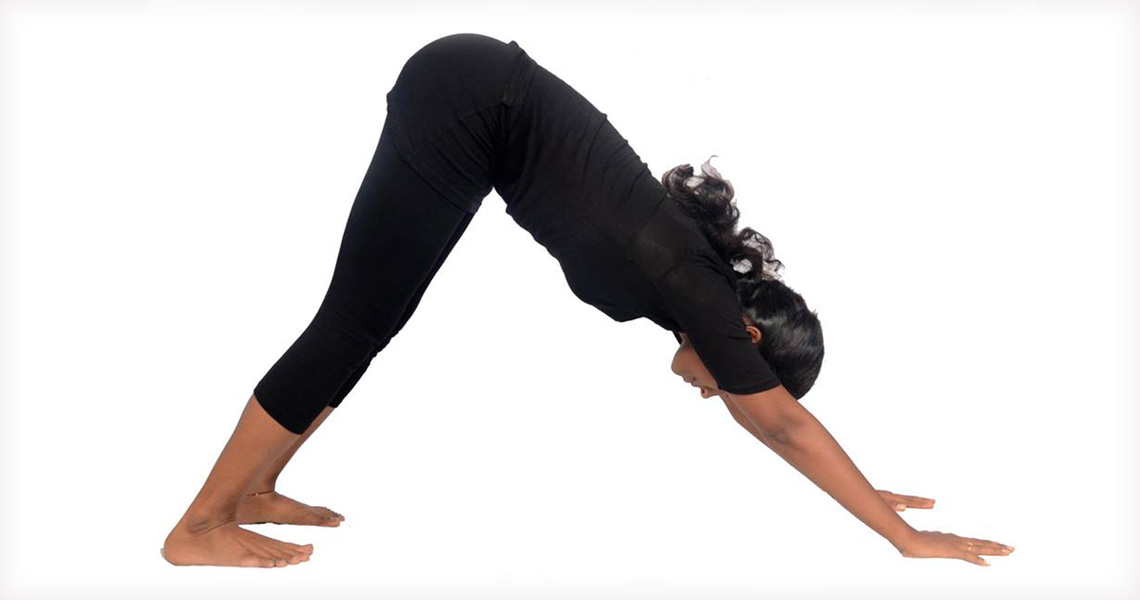MOUNTAIN POSTURE(Parvatasana)

Welcome to Ashtanga Yoga Collection Project!
At AYA, we are attempting to demystify any secrets and misgivings about Ashtanga Yoga.
The following article will try to provide comprehensive and neutral information from various subject-matter experts about Ashtanga Yoga Postures and Practices. We have called this 'Ashtanga Yoga Collection' Project. This project aims to become a ready-reckoner and a reference for yoga teachers and enthusiasts training in Ashtanga Vinyasa Yoga. Although it is not an open forum, we invite participation from Ajarya Teachers as also yoga teachers from all over the world. All your submissions will be reviewed by our panel before they are published online.
Physiology:
- This is a Diaphragm assisted posture. Thoracic and abdomen regions are free to move.
- Stretching of anterior muscles of chest gives space for free breath, heart beat (cardiac output), purification (diffusion & perfusion)4
- Blood flow to brain increases because of inverted position of upper body.
- Abdominals and pelvic pressures will be reduced drastically. Which reduces blood flow to the inner organs and get ready for fill up next moment.
- ANS of internal organs and improves their function like; Excretion, Menstruation.
- Reproductive organs functions like maintains the strength of uterus and menstrual cycles in females, production of sperms and voluntary control of ejaculation process in males.
- Good for pelvic muscle strength as preterm course for pregnant.
Clinical Significance:
- Constipation, Thyroid, Irregular Menstruation, Postural imbalance.
Spiritual Growth:
- Parvatha means mountain.
- Most effective among all of these is at Neck and shoulder girdle region - Vishuddhi chakra
Contributors to Parvatasana
- The Half Moon Posture has been demonstrated by Ms Niharika Raval, who is a part of YogaArchanam Project at Surendranagar, Gujarat, India, pursuing PhD in Dance.
- The Parvatasana Procedure has been provided by Sri Viral Raval, who is a part of YogaArchanam Project at Surendranagar, Gujarat, India, pursuing PhD in Yoga.
- The limitations and berefits of Parvatasana have been given by Ms Niharika Raval.
- The Physiology of Parvatasana has been designed and provided by Dr E Amaravathi, a Master in Phsiotherapy currently pursuing PhD in Yoga.
- The Scientific Explanation and Clinical Significance (available only to registered Ajarya teachers) of Parvatasana has been provided by Dr E Amaravathi,
Please write to us if you wish to become a Ajarya Contributor!